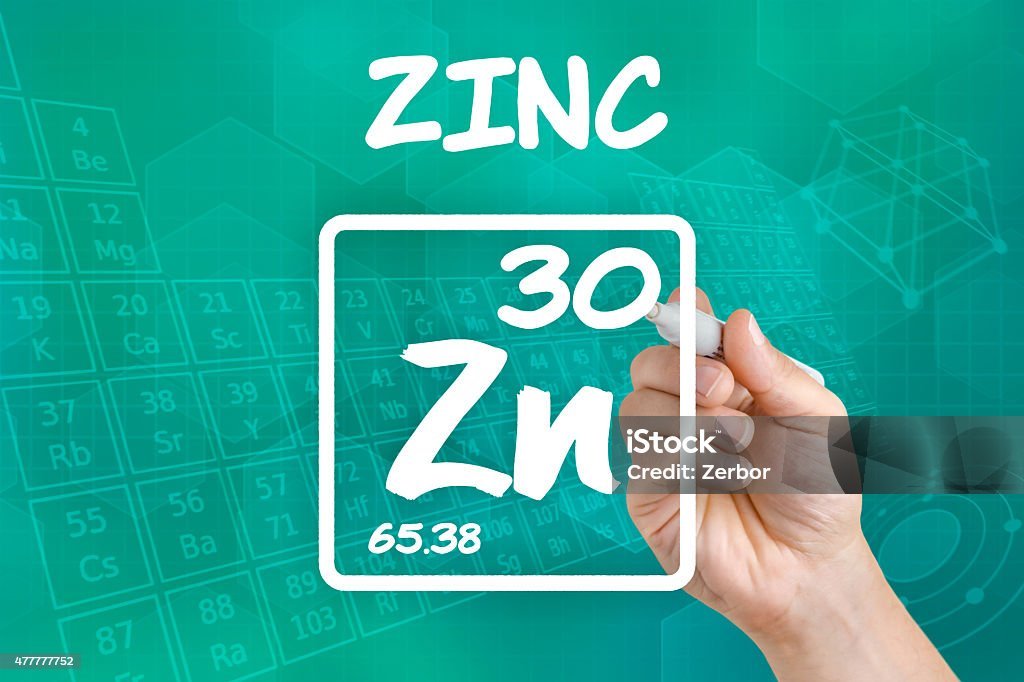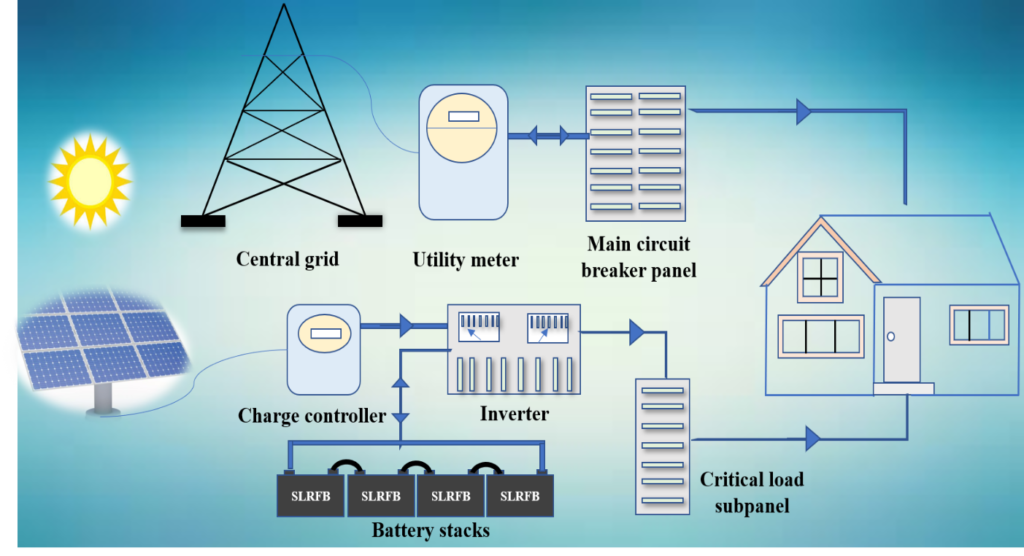A main charter point of the Energy Consortium is to focus on exploratory and collaborative research. The TREND Setter program is one such initiative with an aim to identify the long-range research initiatives of the industry and build capability within the consortium to address it. Faculty members are invited to address industry challenges, and eight were chosen for the first cohort in 2023.
Nitin Muralidharan, Assistant Professor, Department of Chemical Engineering details his research on Low to Zero Cobalt Nickelate Cathodes for Modern Lithium-Ion Battery Applications. He explains on his project and further highlights on the outcomes and also on his TREND Setter experience…
The Energy Consortium (TEC): Can you provide a brief overview on your TREND Setter project and its objectives?
Nitin Muralidharan (NM): Lithium-ion batteries remain the dominant technology in electric vehicles. The cathode part of the battery represents about 60% of the total cost, making it the most critical and value-adding component in battery manufacturing. If we can optimize the cathode, we can significantly reduce the overall cost of the battery. One of the main goals of the research was on developing new cathode materials for lithium-ion batteries, specifically cobalt-free or low-cobalt, and nickel-rich formulations. This is in alignment with India’s national mission to develop indigenously produced, high-performance battery materials. Currently, India heavily imports battery-grade materials, and the goal of this research is to create formulations that can be produced locally, thus supporting the country’s growing battery manufacturing infrastructure.
We explored different compositions of these materials, evaluated their performance, and selected the best-performing variants. One of the key objectives was to design processes that are compatible with commercially available methods, ensuring a smooth transition to large-scale production. The project is timely because it aims to reduce India’s dependency on imported materials while ensuring that the produced materials meet the required performance standards for electric vehicle (EV) batteries.
While the initial lab-scale results are promising, we now need to scale up and test these materials in large-format cells to make a final judgment about their commercial feasibility. Currently, we are not partnering with any industry players, but we are looking for potential collaborators for the next steps. Additionally, the know-how from this project is being applied to other areas of battery technology, such as battery recycling and upcycling of materials, and we are exploring new battery chemistries as well.
TEC: What were the challenges that you faced?
NM: The specific challenges we faced in this project were primarily related to setting up the lab and establishing the necessary infrastructure. Since we are a relatively new lab, the initial support from the TREND Setter program was crucial in helping us get started. While we had experience in research, the logistical challenges of setting up everything from scratch were significant. This included sourcing equipment, organizing testing facilities, and managing the evaluation processes. Once these foundational aspects were in place, the project progressed smoothly. In terms of the research itself, we were confident in our ability to deliver results, so the major hurdles were more about the practical setup and operational challenges rather than the scientific aspects. Once we overcame those, we were able to move forward effectively with the research.
TEC: How has your TREND Setter experience been? What would be your advice to the new cohort?
NM: The consortia-driven approach has been highly beneficial, as it allows for real-time feedback from industry partners. This model works like an ultimate focus group, where we receive valuable inputs from the industry on the progress and direction of the project. An industrial advisory board oversees this process, which has been a great initiative to ensure that the project aligns with industry needs and requirements.
However, one thing I would like to mention is that I wish there were more funding directed specifically towards battery research. The current focus of the program is broad, covering various areas, which is great, but I believe there should be more emphasis on supporting battery-related projects. As the battery industry continues to grow, more targeted funding for battery innovations would be highly beneficial for accelerating advancements in this critical field.
The researchers in the new cohort should set clear objectives. The ultimate goal of any R&D project is not just to conduct research, but to also drive development and, if possible, facilitate the implementation of the outcomes in real-world applications. The researchers should ensure that the industry partners involved are able to derive tangible benefits too This alignment with practical utility will make R&D truly impactful.
TEC: Currently what are you working on?
NM: Currently, we are working on several cutting-edge areas within the battery field, including developing long-duration energy storage systems, exploring new recycling approaches, and researching alternative battery chemistries such as sodium-ion, divalent (calcium) and trivalent (aluminum, magnesium) chemistries.
One of the key aspects of my research is focused on these alternative battery systems, including sodium-ion, calcium, magnesium, and solid-state batteries. Solid-state batteries, in particular, are seen as a promising solution to some of the limitations of current lithium-ion technology. The flammable electrolyte in lithium-ion batteries is a key safety issue, and solid-state batteries, which use a solid electrolyte, can address this problem. Additionally, solid-state batteries enable the use of lithium metal as the anode, which has a much higher capacity than traditional graphite anodes, potentially leading to higher energy-density batteries. However, solid-state batteries present their own challenges, especially around the interface between the solid electrolyte and the electrodes. Unlike liquid electrolytes, solid electrolytes do not interact with the electrodes in the same way, so understanding and optimizing these interfaces is a major research focus.
While lithium-ion batteries are used for EVs due to their high energy density, for long-duration energy storage, especially renewable energy integration into the grid, requires different characteristics. For instance, with solar power, electricity is produced when the sun is shining, but we need to store that energy for use when the sun isn’t available. This kind of application does not necessarily need the same high-performance standards as EV batteries. Instead, the priority is long cycle life, low cost, and durability. That’s why chemistries like sodium-ion, or even alternative options like multivalent (calcium, magnesium) batteries, are being considered as alternatives for large-scale, long-duration energy storage.
As the adoption of EVs grows, we will have a growing number of batteries that will eventually need recycling. The battery recycling ecosystem in India is still in its early stages. This is very crucial because, India lacks significant domestic resources for battery-grade materials and imports most of the critical elements. The current situation is akin to buying valuable resources, using them, and then exporting the waste, which isn’t ideal. We need to recycle these materials domestically, so we can fully recover the critical materials, rather than exporting them for recycling and then importing them back as finished batteries. The goal is to create an efficient, self-sustaining recycling ecosystem where recycled materials are reintegrated into local battery manufacturing, thus capturing more value from the resources we are already spending money on. We are also exploring upcycling, which means enriching recycled materials by adding fresh elements or replacing lost components to improve their quality for reuse in new batteries.



